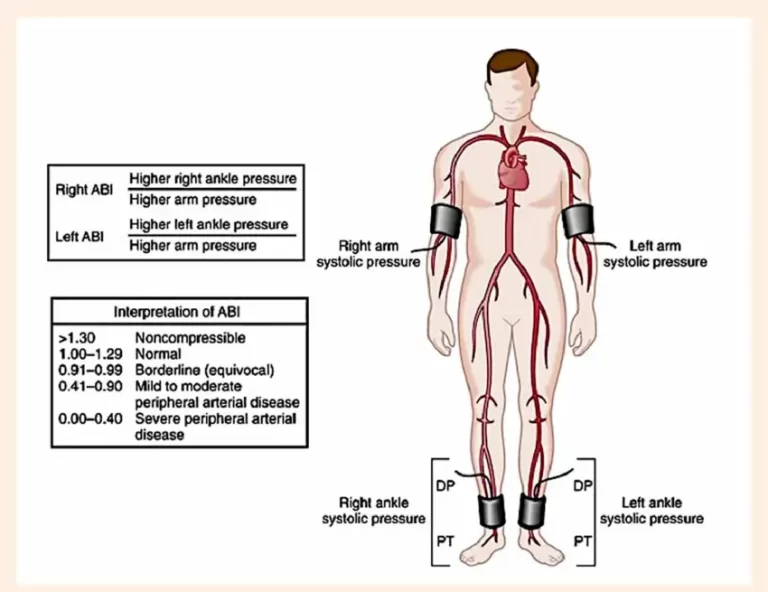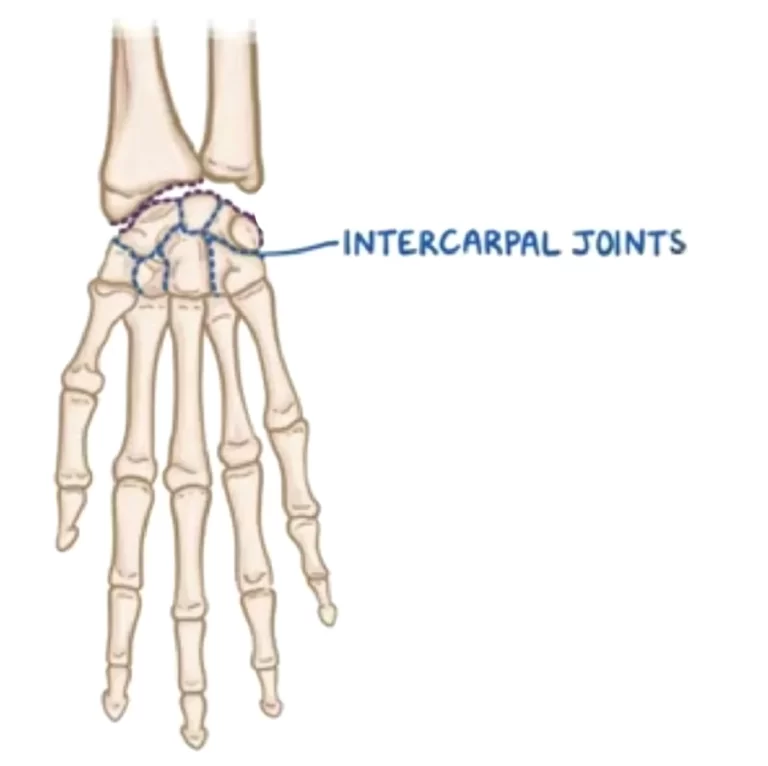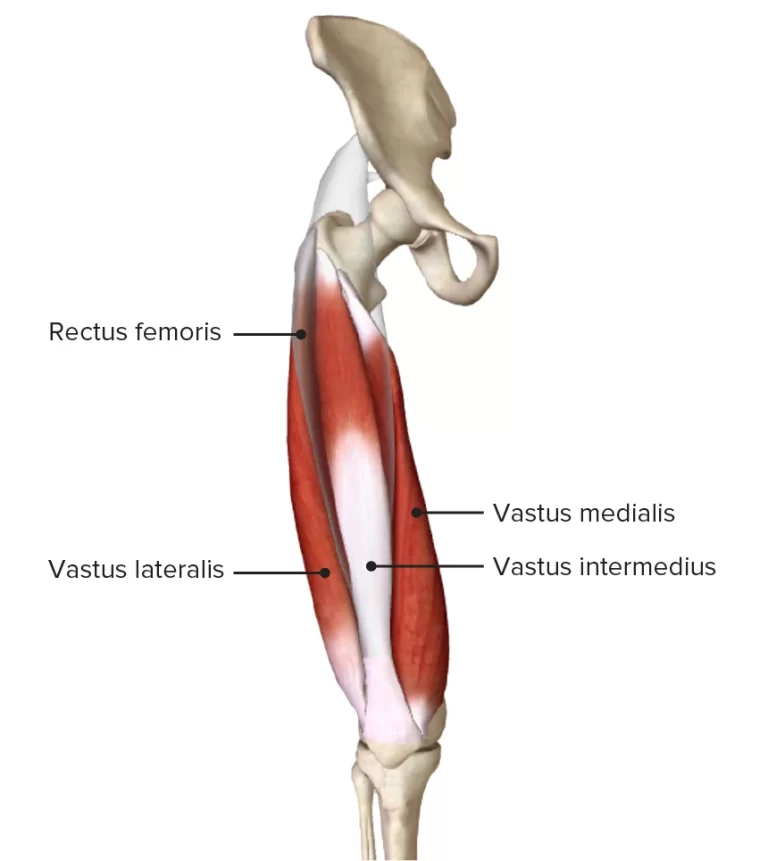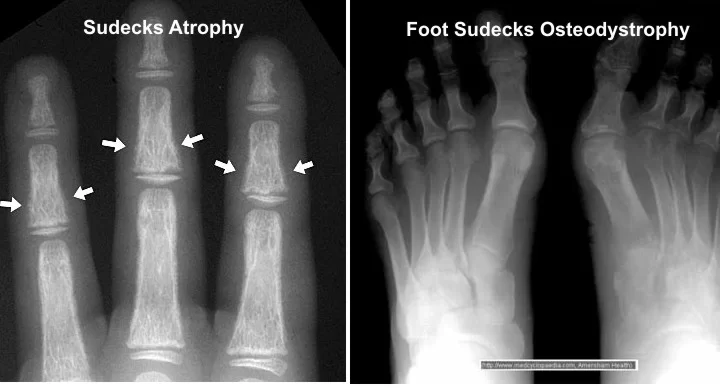Quadratus Lumborum Muscle Pain
Quadratus Lumborum Muscle Pain refers to discomfort or tightness in the deep lower back muscle that connects the spine to the pelvis. This pain is often caused by poor posture, prolonged sitting, heavy lifting, or muscle imbalances. It can lead to stiffness, aching, or sharp pain in the lower back, hips, and even the ribs….










